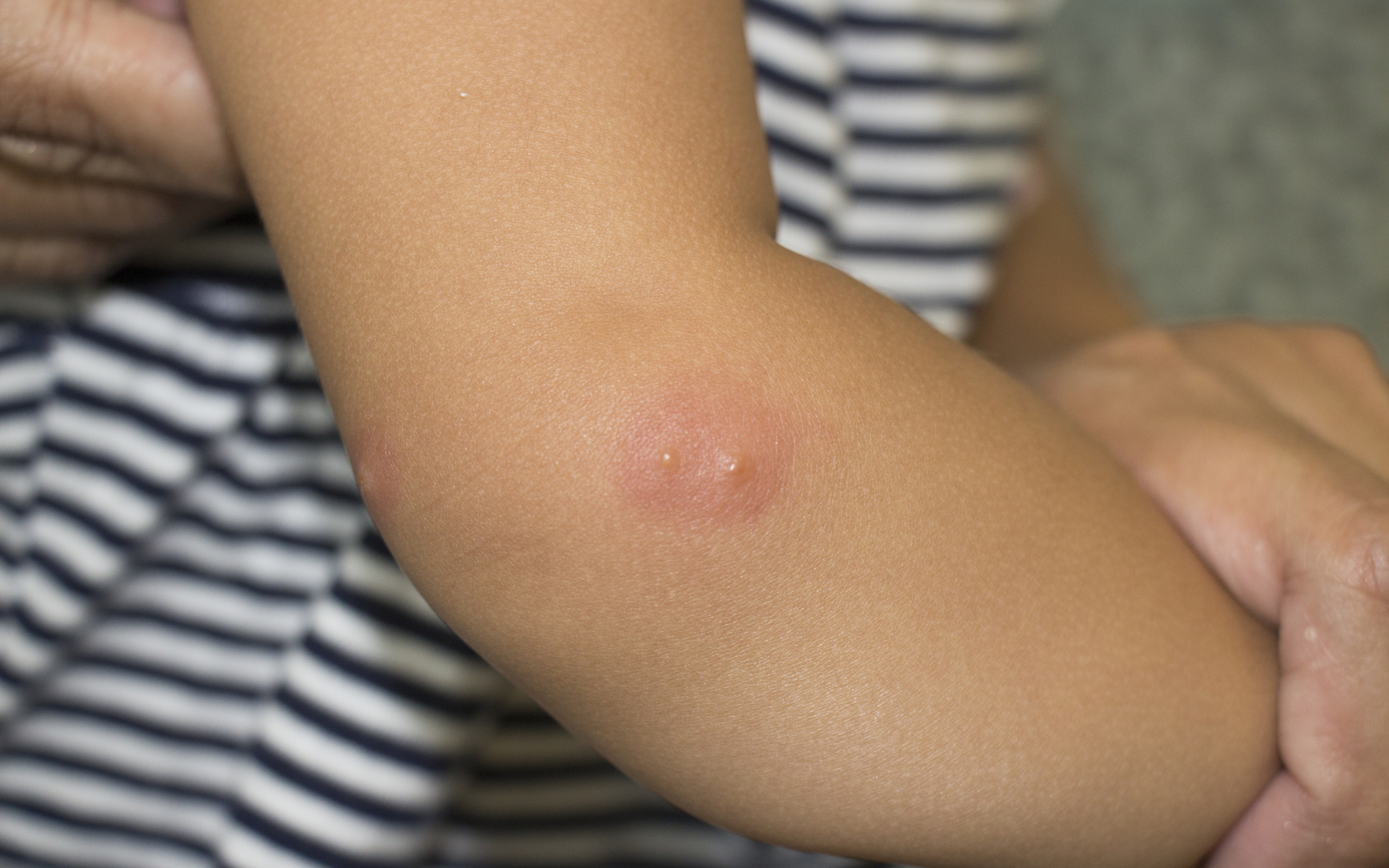The warm months of the year are coming up on us quickly. Every day gives us more time to be outside, enjoying the sun and beautiful weather. This weather is great for families to get out and enjoy the great outdoors. Unfortunately, it’s also the time of year when insects start coming out of hiding and beginning their busy lives. Some of these creatures are harmless, while others can deliver significant bites and stings. In many cases, these injuries will be minor, but they can be damaging or even deadly in others. The below guide can aid in identifying the nature of these bites and stings and when to take action.
Identifying Injuries From Biting, Stinging Insects
Insects are among the most common sources of injuries during this time of year. Most of us have been stung by a wasp or bit by a mosquito at one time or another. In general, these injuries are irritating rather than dangerous unless an allergic reaction happens. Usually, the symptoms of these kinds of bites are limited to:
- redness
- swelling
- pain
- itching
First aid for these kinds of injuries is simple. In most cases, it’s just washing the area and maybe applying some anti-itch cream. With bee or wasp stings, you should check to see if the stinger remains. If it does, don’t squeeze the back of it. Instead, use a card to carefully scrape it out of your skin. Pinching it with your fingers may release more poison into your sting due to the poison sack remaining on its end. If you have an allergy to the insect, you may experience other symptoms.
- hives
- abdominal cramps
- nausea and vomiting
- swelling of your face, lips, or throat
- breathing problems
- shock
The appearance of these indicators requires an immediate call to 911 and potentially the use of an epi-pen if you have one. The next type of injuries on our list is those caused by certain kinds of spiders. As with most insects, spider bites are largely harmless to humans, resulting in little more than a swollen bump.
- Black Widow – A fully developed black widow is approximately ½ an inch in length. Common markings include the iconic red hourglass on the belly, along with red spots located on the top and bottom of their abdomen. Bites from black widows can cause vomiting, fever, nausea, abdominal pain, and chills.
- Brown Recluse – Larger than the black widow, these spiders measure in at about 1 inch in length. They come in a scope of colors from yellowish-tan to a darker brown and typically have a violin marking on their abdomen. Their bites are insidious, starting to cause pain about 8 hours after the initial bite. These bites will then begin to blister, leaving an ulcer once they have cleared. These ulcers are vectors for infection and require cleaning and care to avoid their becoming infected.
These are the most common forms of insect bites encountered in the US.
Reach Out To Poison Control For Additional Help
If you think you’ve been bitten by an insect or other animal, contact poison control. They’ll help you determine if your bite is something to concern yourself with. This can set your mind at ease as well as ensure that you get the treatment you need.





